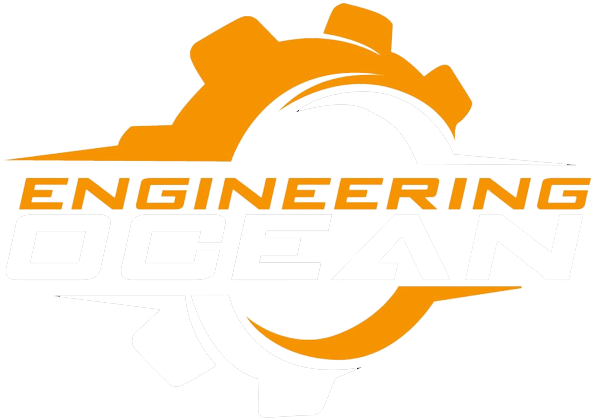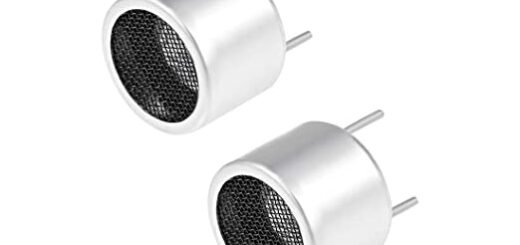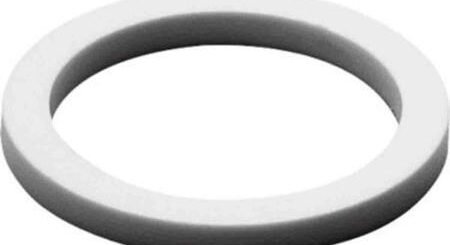Non-Latching Relay 24V How It Works and Its Applications
Introduction
A non-latching relay is an electromechanical switch that is used to open or close a circuit, and it does not require a continuous input to maintain its state. It is also known as a standard or single-coil relay. Non-latching relays are used in various applications, including automotive, industrial, and household appliances. In this article, we will discuss the basics of non-latching relays, how they work, and their applications.

How Does a Non-Latching Relay work?
A non-latching relay consists of three main parts: a coil, a set of contacts, and a spring. The coil is the part of the relay that creates a magnetic field when it is energized. The set of contacts consists of a normally open (NO) contact and a normally closed (NC) contact. The spring keeps the contacts in their default position. When the coil is energized, the magnetic field pulls the contacts, and they move from their default position to either the open or closed position, depending on the type of relay. When the coil is de-energized, the spring pulls the contacts back to their default position.
The 24V in the non-latching relay refers to the voltage required to energize the coil. Non-latching relays can come in different coil voltages, and the choice of the voltage depends on the specific application.
Applications of Non-Latching Relay, 24V Non-latching relays have a wide range of applications in various industries. Some of the common applications include:
- Automotive industry: Non-latching relays are used in automotive applications such as power windows, starter motors, and headlights. They are used to switch high-current loads such as motors and lights.
- Industrial automation: Non-latching relays are used in industrial automation applications such as control panels, conveyor systems, and packaging machines. They are used to switch the power to motors, solenoids, and other devices.
- Household appliances: Non-latching relays are used in household appliances such as refrigerators, washing machines, and air conditioners. They are used to switch the power to the compressor, fan motor, and other devices.

Advantages of Non-Latching Relay 24V
Non-latching relays have several advantages over other types of relays. Some of the advantages include:
- No power required to maintain the state: Non-latching relays do not require a continuous input to maintain their state. This means that they do not consume power when they are in the open or closed position.
- Low power consumption: Non-latching relays consume very little power when they are energized. This makes them ideal for battery-powered applications.
- High reliability: Non-latching relays have a long life span and are very reliable. They are designed to withstand harsh environments and are resistant to shock and vibration.
- Easy to replace: Non-latching relays are easy to replace if they fail. They are readily available and do not require any programming or configuration.
Disadvantages of Non-Latching Relay 24V
Non-latching relays also have some disadvantages.
Some of the disadvantages include:
Slow response time: Non-latching relays have a slow response time compared to solid-state relays. This is because they rely on the mechanical movement of the contacts to open or close the circuit.
Limited switching speed: Non-latching relays have a limited switching speed. They can only switch at a certain rate, which is determined by the mechanical movement of the contacts.
fail. The number of cycles depends on the specific relay and the load that it is switching. Over time, the contacts can wear out or become pitted, which can cause the relay to fail.
Size and weight: Non-latching relays are larger and heavier than solid-state relays. This can be a disadvantage in applications where space and weight are a concern.
Conclusion
Non-latching relays are an important component in various industries and applications. They are reliable, have a long life span, and are easy to replace. They are commonly used in automotive, industrial automation, and household appliances. Non-latching relays are available in different coil voltages, and the choice of the voltage depends on the specific application. However, they have some disadvantages such as slow response time, limited switching speed, limited number of cycles, and size and weight. When selecting a relay, it is important to consider the specific requirements of the application to ensure the best performance and reliability.




